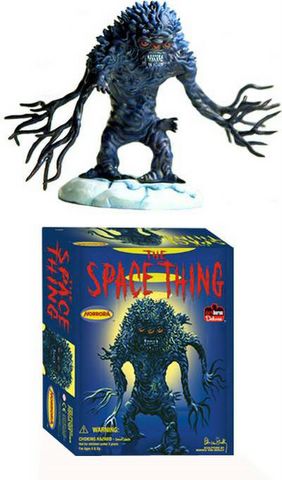
Unusual sulfur springs on Ellesmere Island suggests how live may evolve on other planets
A scientific expedition to a remote glacier field in Canada's High Arctic may help researchers unlock the secrets about the beginning of life and provide insights for future exploration of our solar system.Scientists will study a sulfur-spewing spring on the surface of an ice field not far from the North Pole this summer. The geological oddity is home to a unique form of bacteria that has adapted to thrive in a cold and sulfur-rich environment.
"This is a very unusual feature on the earth's surface and it's an extreme ecosystem that could be a good model for how life first begins in a harsh environment."
The spring has also attracted the attention of the Canadian Space Agency and NASA, which are helping to fund the expedition, because it likely provides the best example on Earth for the conditions believed to exist on the surface of Jupiter's moon Europa. Ice-covered Europa is considered one of the best candidates for finding evidence of life on other planets within our solar system. Link

Pete Von Sholly's 'Space Thing'
The figure is conveniently small (approximately 4 1/2 inches), pre-painted, and easy to pop together with a great-looking, Aurora-inspired display box.
Available now HERE. ISBN: 1-59617-325-4
